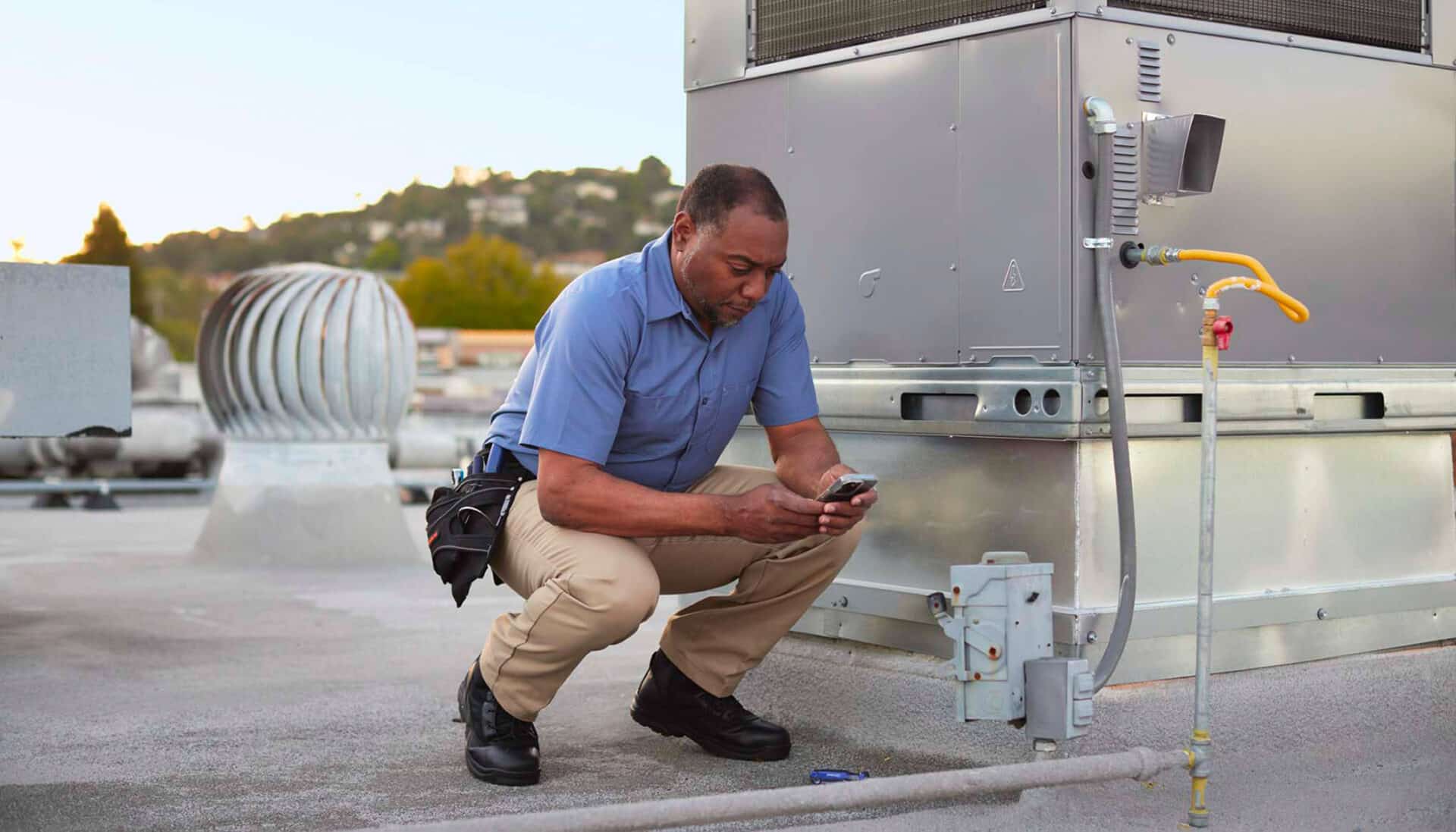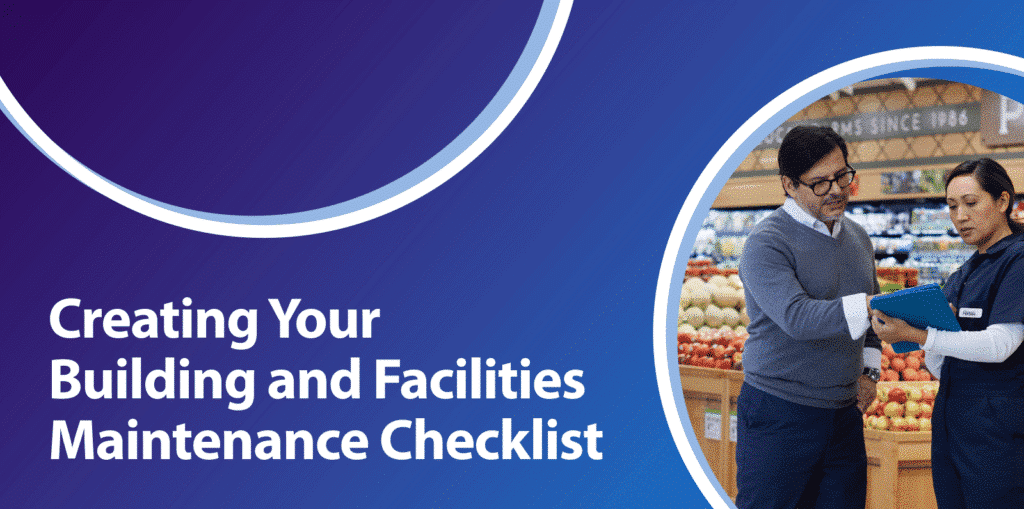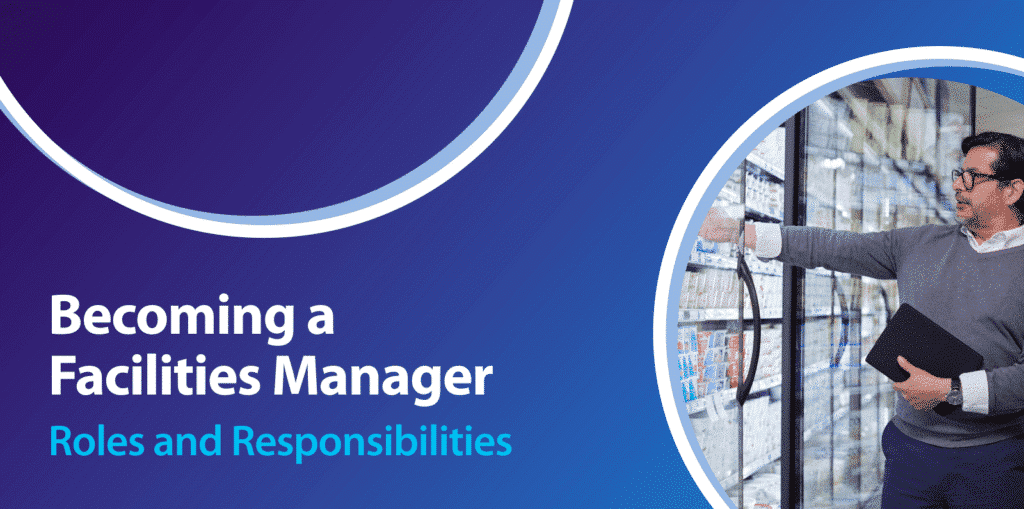Pioneering Green: How Technology Is Powering the Future of Skilled Trades

The green building boom is here, but are skilled trades ready? Discover how construction tech is bridging the gap and why investing in green skills is key to a sustainable future.
The demand for sustainable architecture, engineering, and construction (AEC) jobs has never been greater. The green building material market is expected to hit $768.8 billion by 2032. And globally, 82% of AEC companies have a dedicated sustainability team in place.
“Younger generations are more focused on being environmentally aware,” says Leum Fahey, director of product management at ServiceChannel. “Regulatory pressure is growing, too. Some states, like California, have instituted carbon emissions reporting, and this drives sustainability — which, in turn, drives organizations to move toward energy efficiency.”
The passage of U.S. legislation such as the Infrastructure Investment and Jobs Act and the Inflation Reduction Act has unlocked billions in new infrastructure spending around sustainability, creating further demand for sustainable AEC skills and services. Beyond the federal level, the International Labour Organization (ILO) estimates that implementing the Paris Agreement on Climate Change could create some 18 million green jobs by 2030.
Only one thing is standing in the way: a workforce that isn’t trained and prepared to take on such specialized greentech jobs.
The Greentech Labor Shortage
The growth of green jobs is exceeding the growth in green skills, as a Wall Street Journal study found. Exacerbating that problem is the fact that nearly 1.7 million infrastructure workers across dozens of occupations in the U.S. are projected to permanently leave their positions over the next decade. This surge of retirements and role turnover in fields such as plumbing, electrical, and engineering presents a significant challenge, compounding the difficulty of filling greentech positions.
The lack of skilled tradespeople equipped to handle the installation and maintenance of advanced renewable energy technology is pressing. At the same time, tech-driven job sites are further integrating artificial intelligence (AI) into many of the tools and systems they use — optimizing everything from design and planning software to managing equipment and machinery. Knowing how to use and interact with AI is essential for future readiness.
It’s crucial to fast-track the training of the next generation in these technical fields to ensure the success of ambitious sustainability projects.
The Construction Tech That’s Solving for Sustainability
To address the greentech labor shortage, construction technology innovations are responding to — and providing forward-thinking solutions for — our most difficult climate-related challenges. Facilities management needs construction tech such as energy analysis plug-ins, BIM modeling, and offsite fabrication to drive a reduced carbon footprint across their portfolios. And as the demand for cleaner energy infrastructure grows, specialized tradesmen and women are also needed to correctly install and maintain technologies in new systems like renewable power, heat pumps, solar panels, EV charging, energy storage, and more. Trades workers are essential for implementing emerging science, AI and machine learning (ML), data analytics, automation, and other technologies to operate radically efficient buildings.
Construction technology will play a significant role in meeting the climate goals outlined in recently passed legislation. And with enough specialized trades talent on hand, companies can leverage the technology needed to maximize environmental gains along with long-term cost savings.
Prepare the Trades Workforce, Invest in the Future
Companies that connect with future trades workers or upskill their current facilities teams for the digital future are positioning themselves to deliver green upgrades and infrastructure at scale.
Future-thinking companies have several options to make strides in this area:
- Incentivize earning green credentials like LEED and ENERGY STAR. (View some of ENERGY STAR’s training resources here.)
- Implement onsite training programs to build capabilities in AI-enabled energy management platforms and other emerging technologies.
- Partner with schools advancing sustainability education to funnel qualified graduates into open trades roles.
- Re-focus recruiting strategies to seek out tech-savvy recruits interested in sustainability careers, so they can develop the expertise required and become industry experts in fields like AI and automation.
- Build strong public and private partnerships with trade schools pioneering sustainable tech education to ensure workers gain the relevant expertise.
Climate challenges are mounting, and current standards of energy waste are not sustainable. Buildings are responsible for almost 40% of global energy-related carbon emissions, with 80% of it from fossil fuels, according to the UN Environment Programme. A major shift in the status quo is needed to provide more renewable power and maximize efficiency.
Companies that proactively invest in training workers with both sustainability and construction technology expertise, particularly AI, are positioning themselves to lead the pack. What’s in store for these leaders? Exceptional building performance throughout the entire lifecycle, yielding significant savings in energy, emissions, and costs. “Not only can you save money by not wasting energy, but having higher visibility into energy waste makes carbon reporting easier,” says Fahey. “And leadership in these areas can bring more business to your brand.”
And the bigger picture for North America, and indeed the globe? A tangible leap toward a greener, more sustainable future that we can all be part of.
Are you looking to find the talent you need to expand your sustainability-focused provider network? Visit the ServiceChannel Marketplace to find top providers across a variety of industries and areas of expertise. When you source providers from our Marketplace, you can see verified information on minority-owned, women-owned, or veteran-owned businesses from Middesk.




